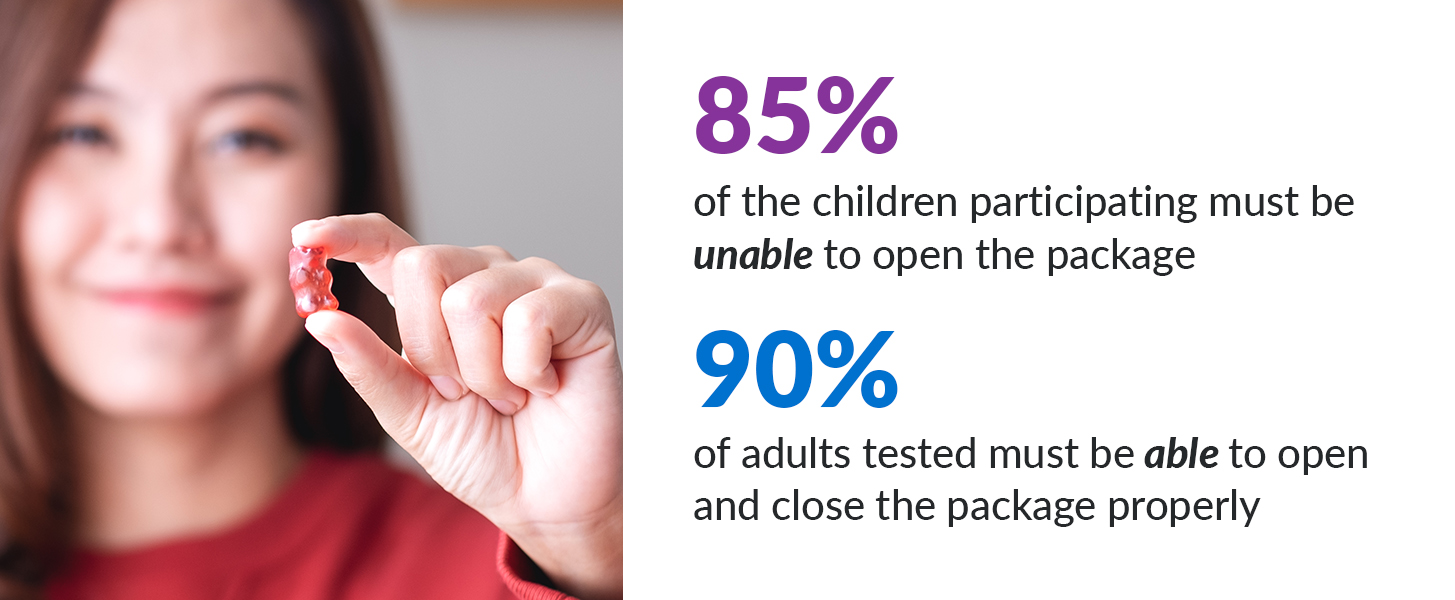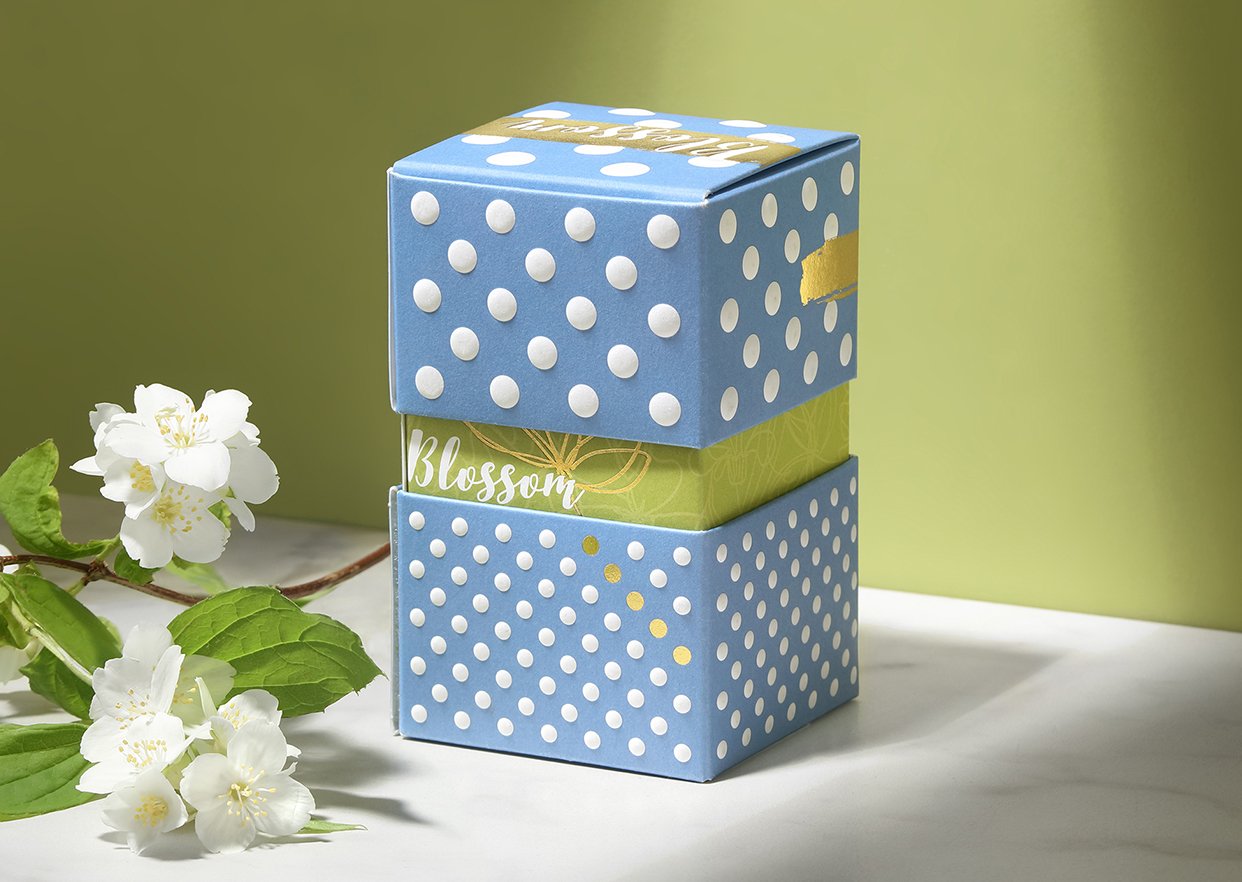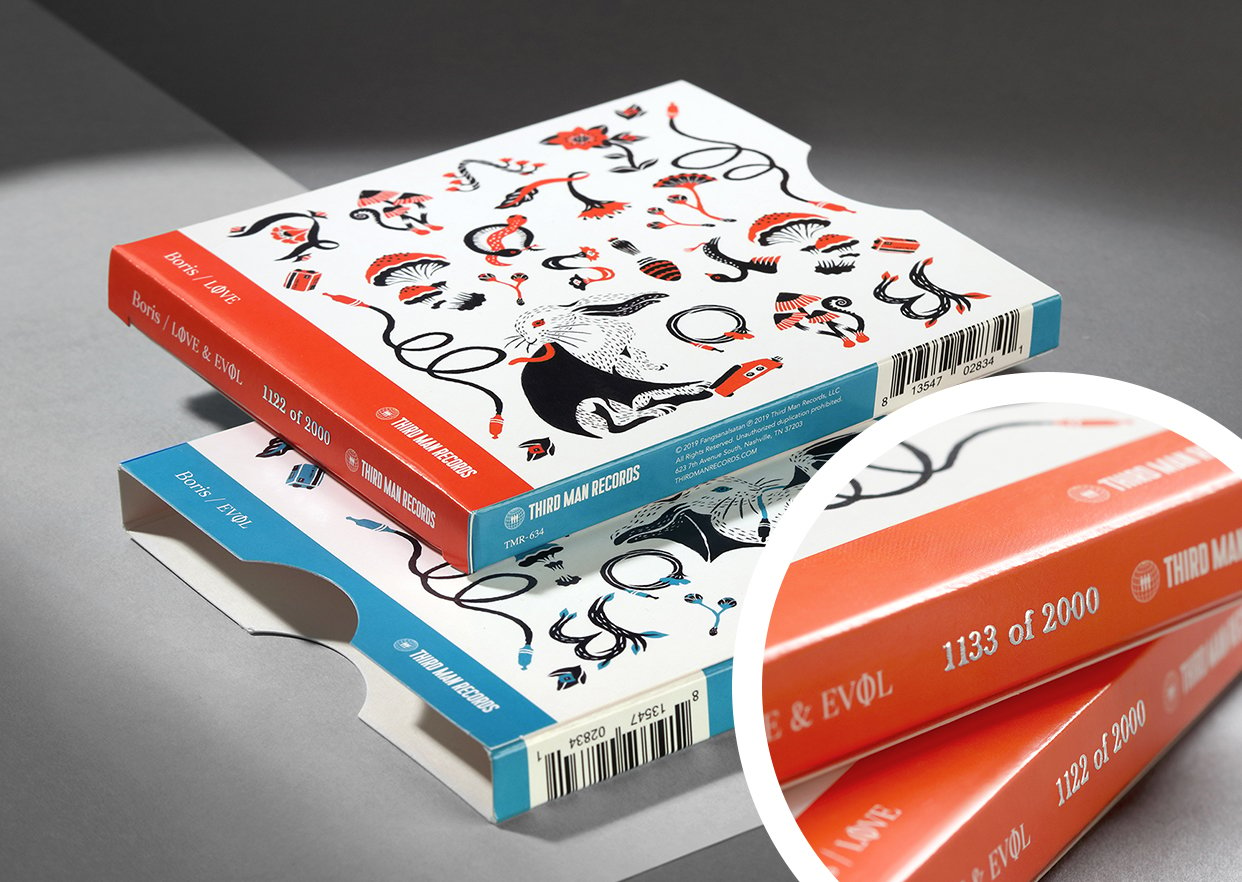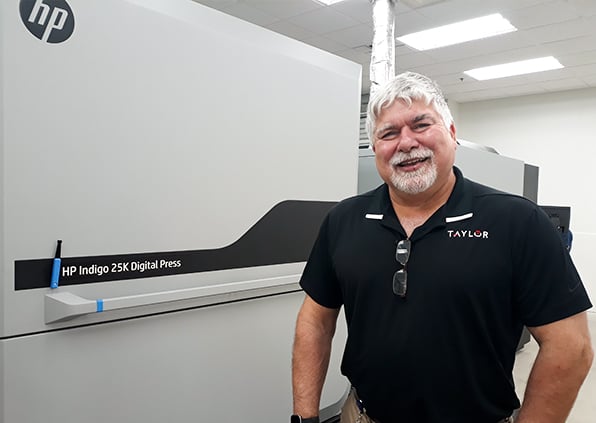The U.S. cannabis industry – a.k.a. marijuana – has expanded rapidly in recent years through increased legalization. Research suggests the biggest growth wave is yet to come. The domestic market for cannabis products topped $15 billion in 2022 but is projected to exceed $50 billion by 2032.
With this growth comes a need for increased safety measures for cannabis. Child-resistant packaging features are especially important to understand if you intend to bring a cannabis product to market. This blog will summarize the five things you need to know about child-resistant packaging (CRP) for cannabis.
1: What Is Child-Resistant Packaging?
Back in 1970, the Poison Prevention Packaging Act (PPPA) mandated that certain substances be marketed in “special packaging” for added safety. Special packaging is defined by the U.S. Consumer Product Safety Commission (CPSC) as follows:
A package that is designed or constructed to be significantly difficult for children under five years of age to open or obtain a harmful amount of the contents within a reasonable time. The package must also not be difficult for adults to use properly.
2: What Does “Significantly Difficult” Mean?
The testing process for special packaging is rigorous and involves panels of 50 children from various age groups. For an item to be rated as “child-resistant,” at least 85% of the children participating must be unable to open the package within five minutes. Even after being given a demonstration of how to open the package, at least 80% of children tested must still be unable to open it after another five minutes.
Meanwhile, a panel of 100 adults is also tested on their ability to open the same package. Special emphasis is given to older age groups. At least 90% of adults tested must be able to open and close the package properly within five minutes. The CPSC recommends that qualified third-party testing laboratories be used to perform all of the above tests.
The ultimate goal is a win/win solution: A product that most children will not be able to open but that most adults – even older adults – can use with convenience.
3: What Laws Govern Child-Resistant Cannabis Packaging?
The requirements governing child-resistant packaging are in the Code of Federal Regulations under CFR16.1700.20. All of the details of the testing process are detailed there including:
• The types of products that require CRP.
• The age-group breakdowns of the children and adults involved in testing.
• How the testing is conducted.
• How test results are interpreted as pass, fail or requiring more testing.
However, for cannabis in particular, it’s vitally important that you abide by state-specific packaging regulations as well. More than 20 states now have laws on the books regarding cannabis, and the most universal packaging requirements pertain to child-resistance. All of the following require CRP packaging for cannabis:
• Alaska
• Arizona
• California
• Colorado
• Connecticut
• Guam
• Hawaii
• Illinois
• Maryland
• Massachusetts
• Minnesota
• Nevada
• New Mexico
• Northern Mariana Islands
• Oregon
• Washington
4: Is Child-Resistance the Only Requirement?
Child-resistance is not the only thing to consider when choosing a cannabis packaging solution. Many states also require cannabis products be packaged in containers that are opaque. Some states have additional requirements such as double packaging, tamper-evident packaging and labels with special warning messages.
Here again, it’s critical that you explore the laws in each state where you intend to conduct business. California, Colorado and Washington are among the most stringent states regarding child-resistance and other packaging requirements. Nevada and Oregon have somewhat relaxed standards by comparison.
5: Is Child-Resistance Only for Cannabis?
While the focus of this blog is cannabis, it’s important to remember that child-resistant packaging is required for many other types of products. Pharmaceuticals, household cleaners and various personal care items are also mandated to use CRP.
Child safety is obviously the overriding goal but it’s also a wise business practice. If even one child was harmed by accessing cannabis or some other potentially hazardous product, the damage to the brand could be catastrophic. Child-resistant packaging is another way you can protect your company’s image, build consumer confidence and mitigate legal risk.
Taylor: Provider of Certified Child-Resistant Packaging
As a trusted partner to the consumer packaged goods industry for years, Taylor’s top priority has always been consumer safety. This applies to the packaging we manufacture for the cannabis industry.
Taylor offers CRP solutions for cannabis products that have passed the rigorous laboratory tests outlined in CFR16.1700.20. Our cannabis packaging conforms with all CPSC standards regarding Poison Prevention Packaging. We work with cannabis businesses to provide attractive, cost-effective packaging solutions that also prevent unintended harm to children.
Want to see what’s possible with child-resistant cannabis packaging? Contact a Taylor representative to learn more.












